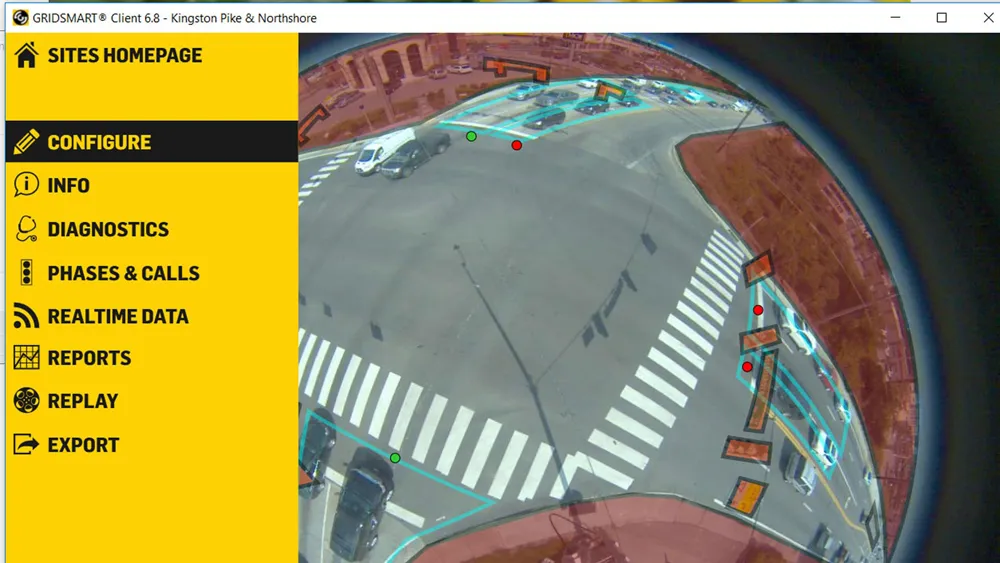
Iteris has launched the ClearMobility Cloud, an open-architecture cloud framework for the management of smart mobility infrastructure.
It works with Iteris’ ClearMobility Platform and includes a mobility data management engine which takes in sensor data from millions of connected vehicles and the company's own smart sensors at intersections across North America.
This data forms part of Iteris' Software as a Service (SaaS)-based solutions which are used by transportation agencies to manage operations.
The company says ClearMobility Cloud's application programming interface (API) framework and microservices ecosystem provide standardised data ingestion, cleansing and analytics, as well as authentication and security for each component of Iteris’ ClearMobility Platform.
The company recently bought mobility software specialist TrafficCast in a $16m deal, in part to enhance the ClearMobility Platform's capabilities.
Iteris CEO Joe Bergera says the addition of the new solution will "drive breakthrough innovations in smart mobility infrastructure management" and generate operating efficiencies.
“The ClearMobility Cloud enables the seamless interoperability, configuration and deployment of Iteris’ SaaS-based mobility intelligence solutions and other third-party cloud-based applications to virtualise the delivery of essential smart mobility infrastructure processes."
The initial release of the ClearMobility Cloud includes a unified portal that means users can access multiple Iteris software applications for easy navigation between modules within Iteris’ ClearGuide transportation performance measures solution.
The release also facilitates integration between ClearGuide and the Iris open-source advanced traffic management system, enabling ClearGuide to provide real-time travel time data to Iris to update variable message signs (VMS) through work zones, and overlay VMSs on ClearGuide’s real-time maps.
Iteris concludes: "The ClearMobility Platform applies cloud computing, artificial intelligence, advanced sensors, advisory services and managed services to help ensure roads are safe, travel is efficient, and communities thrive."










